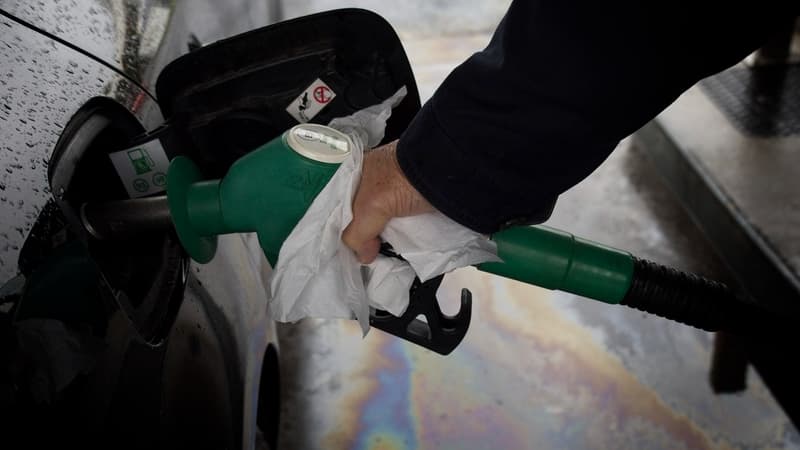As October draws to a close, the defining image of the last month will definitely have been the long lines outside gas stations. Due to a widespread social movement at the refineries and fuel depots of Esso-ExxonMobil and TotalEnergies tankers, as many as one in three gas stations ran out of at least one fuel at the height of the crisis that spans several weeks. . If the strike continues at the TotalEnergies sites in Gonfreville-l’Orcher (Seine-Maritime) and Feyzin (Rhône), it seems to be coming to an end after an agreement was reached between the majority unions and the management of the company several days. behind.
Today, just over 10% of the sites lack gasoline or diesel, with disparities depending on the region. But there are still some signs that remind us of the magnitude of the shortage at service stations, which has notably translated into an uptick in fuel theft. In October, poison control centers recorded more than five times as many poisonings from diversion from petroleum fuels than the number typically reported. Fuel thieves or simply motorists who wanted to transfer the precious liquid from one vehicle to another.
Don’t make yourself vomit and don’t drink
As a reminder, siphoning is a practice that consists of extracting water from a vehicle’s tank by generating a suction movement through the mouth using a hose. Then it is possible to transfer the contents of the tank to a drum. However, this pre-aspiration of just a few seconds is enough to ingest a small amount of fuel, which can lead to poisoning. As expected, most of the cases were identified at the height of the crisis, between October 9 and 18, with fuels coming from road vehicles, as well as agricultural machinery or even garden equipment such as lawnmowers.
In case of poisoning, several relatively serious symptoms may appear, as explained by the National Food Safety Agency (ANSES) on its website:
“The appearance of fever or prolonged cough within a few hours of ingestion are the first signs of possible inhalation lung disease. Some patients presented respiratory alterations that required consultation in the emergency room, or even hospitalization. Also digestive symptoms such as gastric reflux, abdominal pain, nausea and vomiting, but also neurological signs such as headache, drowsiness and dizziness.
Faced with this situation, the ANSES and the poison centers offer several tips to prevent it from getting worse. First of all, it is not recommended to make yourself vomit to “avoid the passage of fuel to the bronchi and then to the lungs” and also not to drink, as this could cause vomiting. Therefore, it is necessary to prefer a simple mouth rinse and hand washing in case of skin contact. Finally, driving a car or using machine tools is strictly prohibited, as it may affect surveillance.
Source: BFM TV


